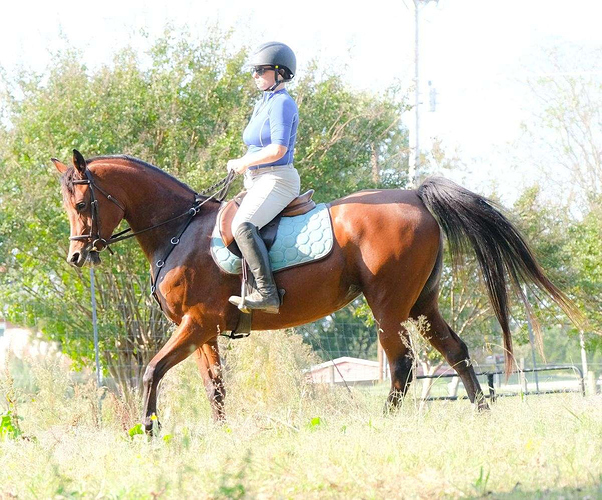At the time I am quoting this, this post has 31 likes, and counting more. That is a lot of likes for COTH. Clearly many knowledgeable people endorse this summary of the situation.
So I’m putting it on view again at this point, just to emphasize that IMO @dags has given us a good guide/tip for any parent of any lesson student. Especially parents who have a less broad experience with horses.
I recently had a conversation where we talked about not using terms such as ‘naughty’ with a horse problem. Although the behavior may fit that description in that the horse/pony is not following what it has been trained to do, the reason for the transgression is not ‘naughty’. Because horses don’t have a brainscape for that.
The behavior is reactive to what is going on in the moment. Horses are highly reactive animals – that’s how, in the wild, they have survived as a species in a world of predators.
Emotion-laden terms such as ‘naughty’, ‘aggressive’, even ‘dirty tricks’, can lead the humans away from the most appropriate, best approach to what is, in the end, an instinctively-driven natural behavior in the horse.
Those words do identify what we humans are experiencing in the moment. That’s ok. But we have to remember that this is not the way to diagnose a cause and a remedy.
The behavior is never unique to just one horse. Whatever the horse is doing is something that horses do, in response to certain situations. It is up to us to understand why the horse did it, what was the situation that the horse was reacting to, and why that reaction was prompted from the horse’s instinctive brain.
IMO that level of equine behavioral analysis is too much to ask of a beginning rider in the moment. Or any rider still learning foundational stability on the horse. That is something we can absorb much better after we have some more solid basic skills and less fear that everything that happens could cause a fall.



